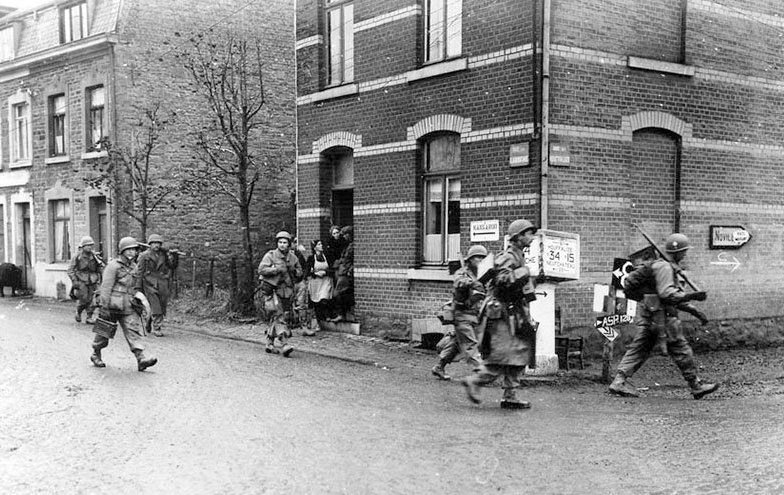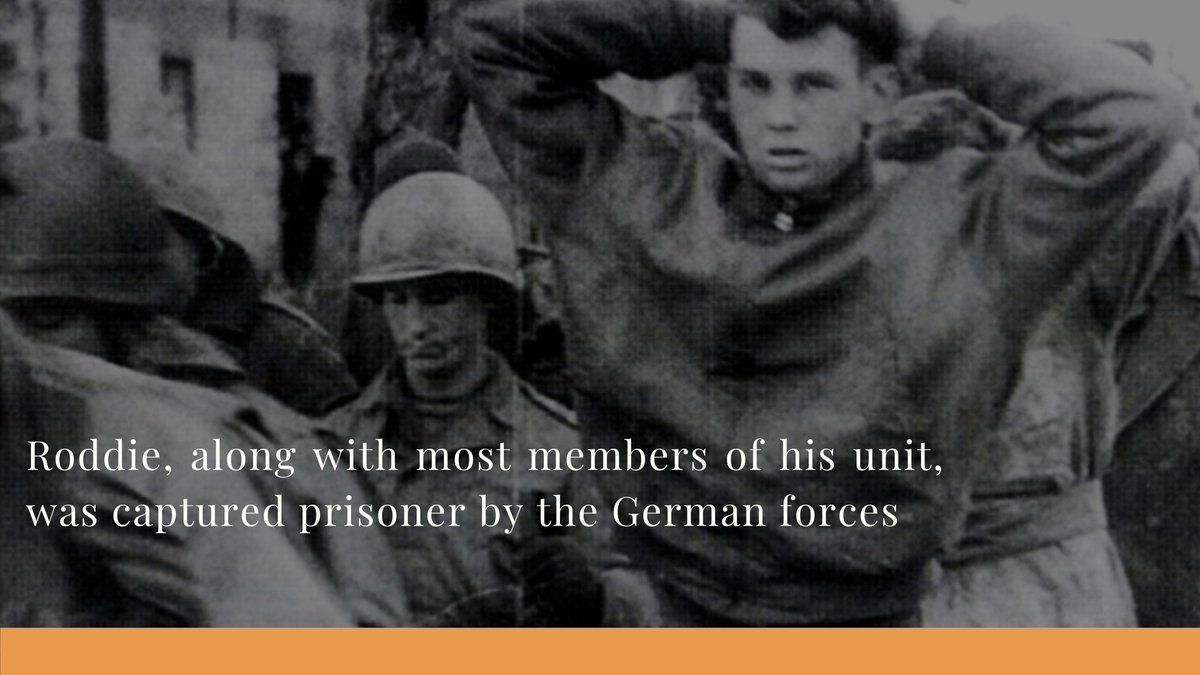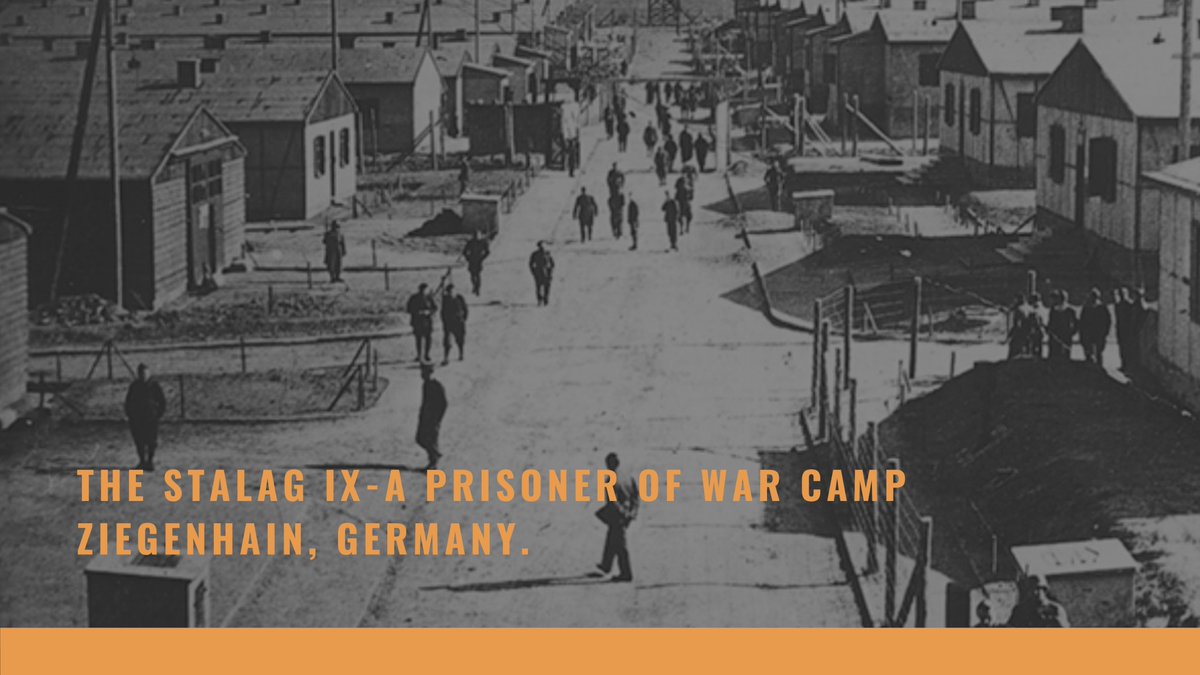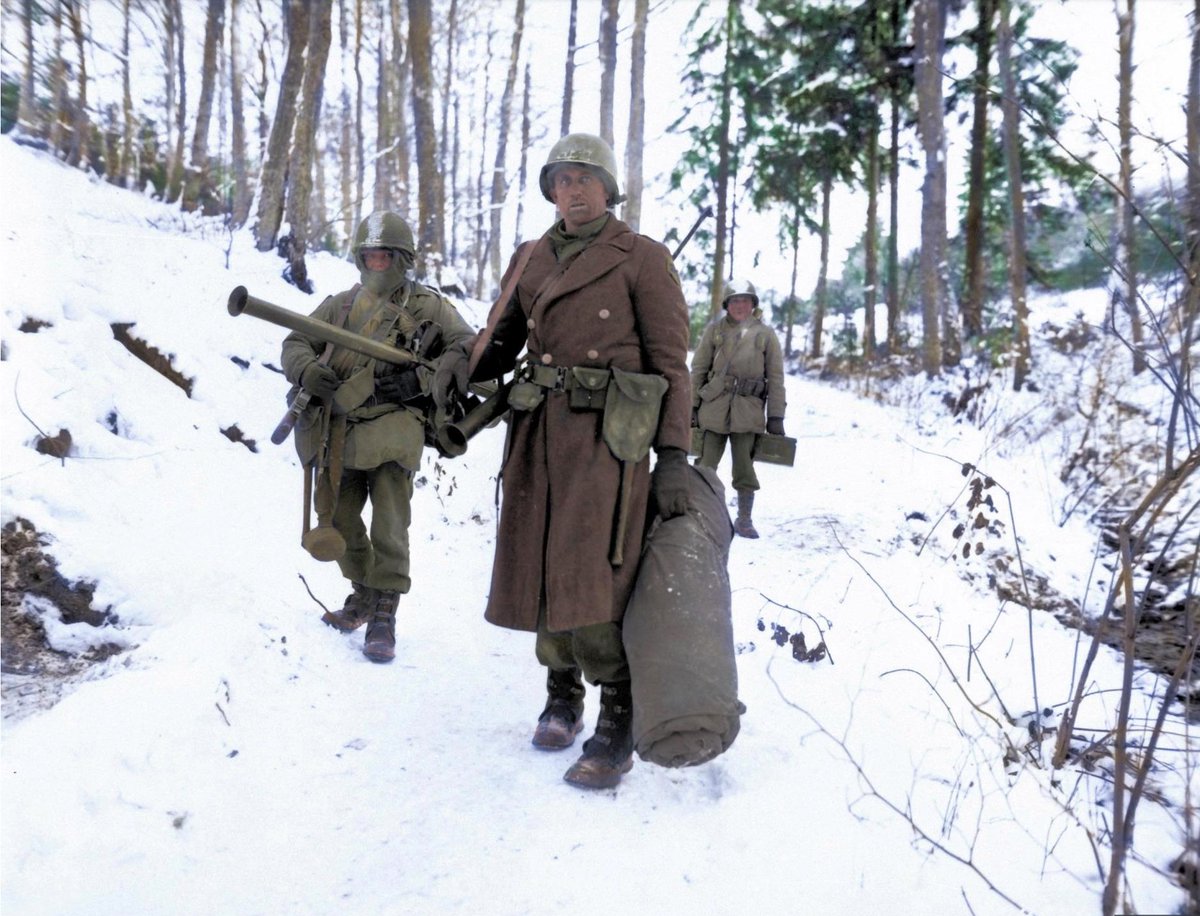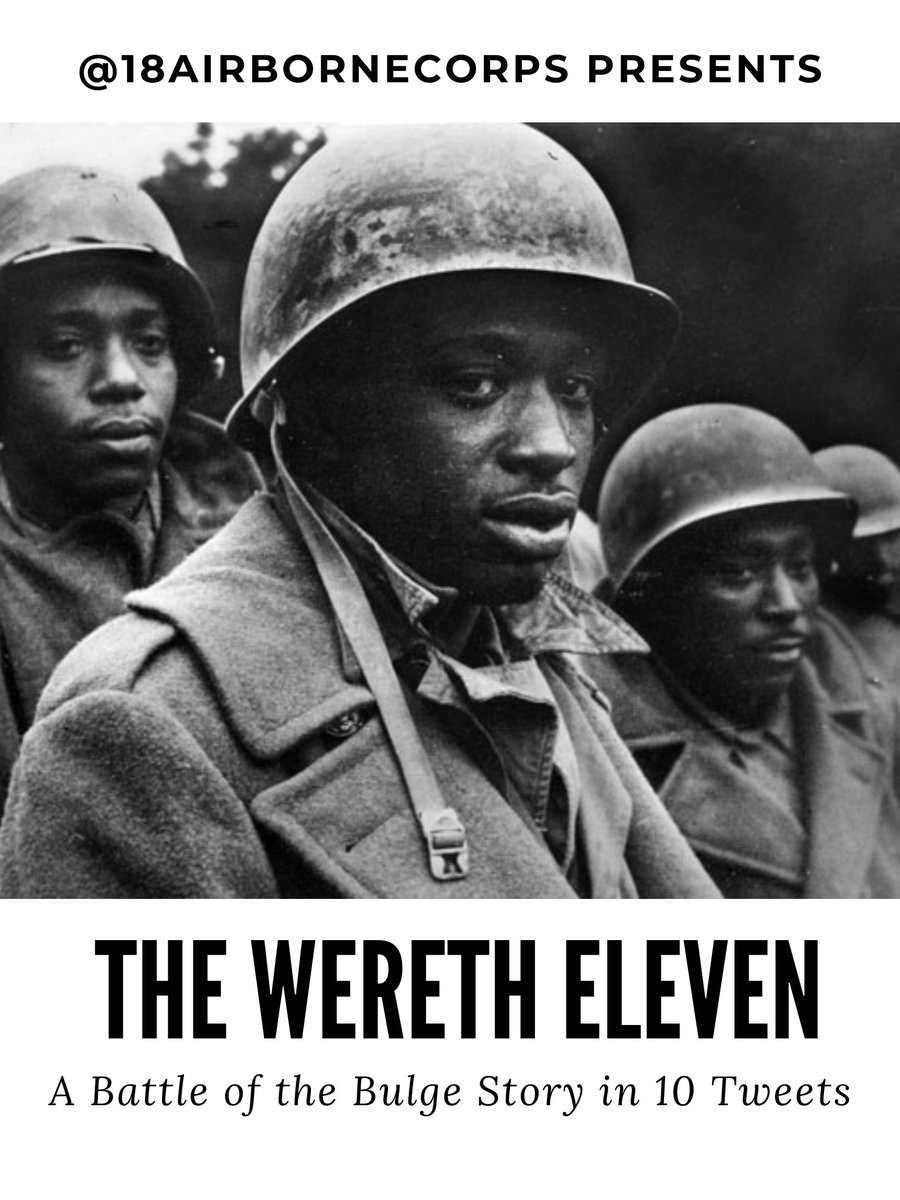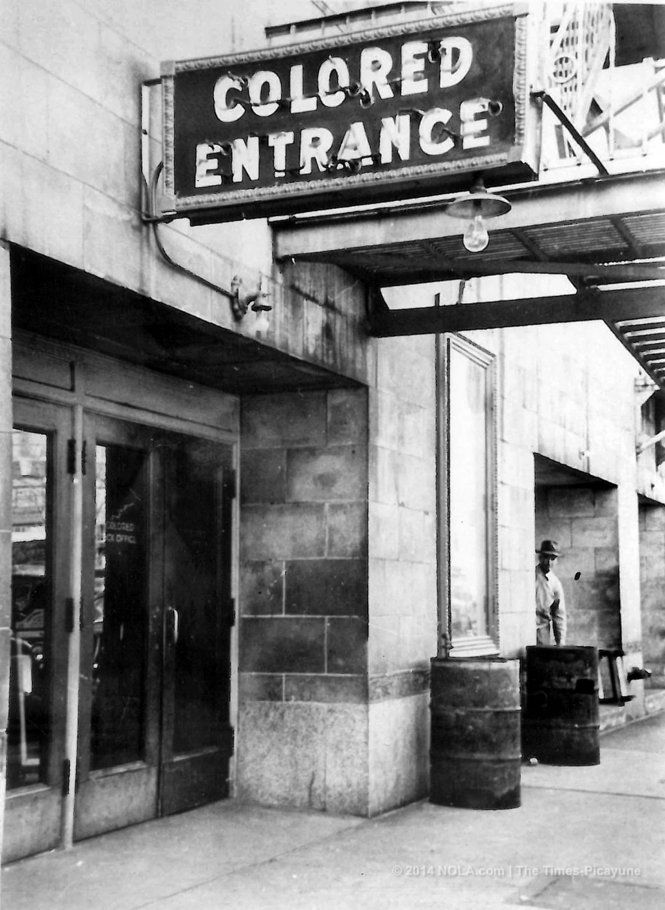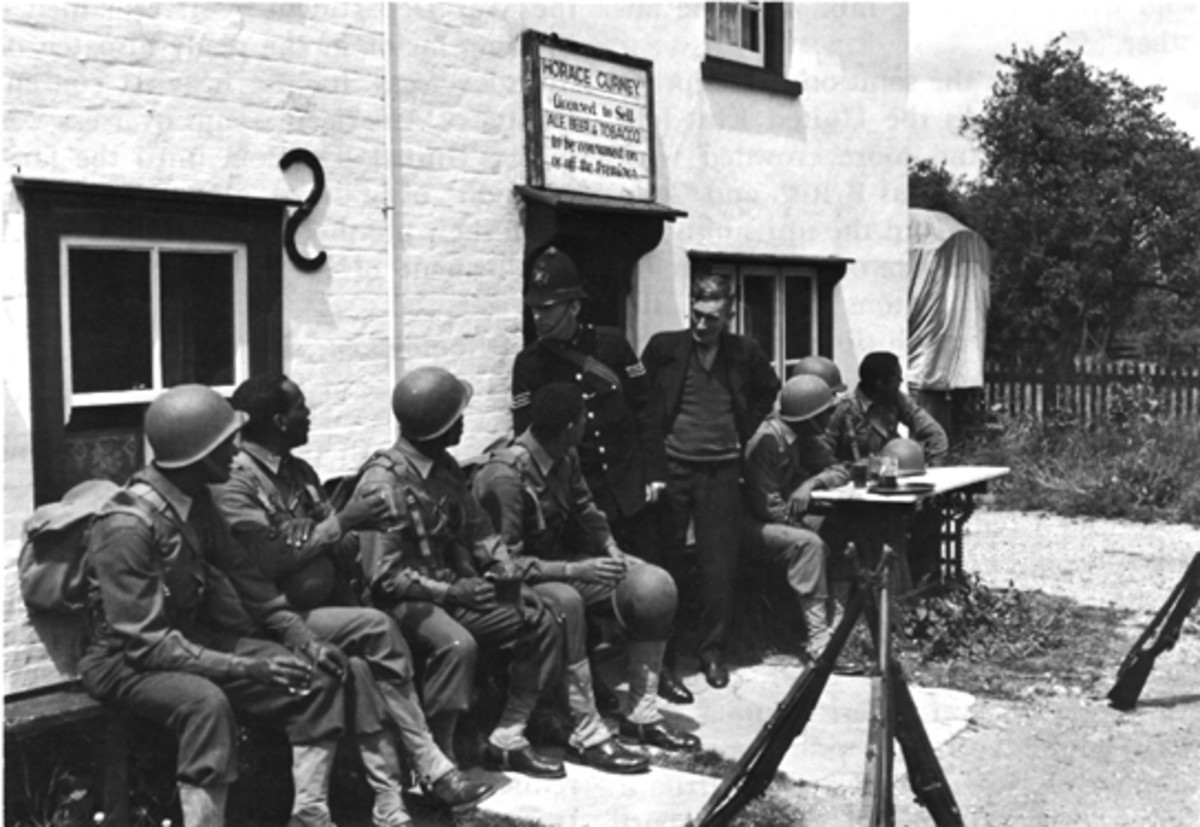
1 of 12:
Back to our no-b.s. Battle of the Bulge account. Here we are in Bastogne, mid-day, Wednesday, December 20, 1944.
Let's take a look at the 101st Airborne's force array.
[if you haven't been following along, may be worth going back through our threads]
Back to our no-b.s. Battle of the Bulge account. Here we are in Bastogne, mid-day, Wednesday, December 20, 1944.
Let's take a look at the 101st Airborne's force array.
[if you haven't been following along, may be worth going back through our threads]
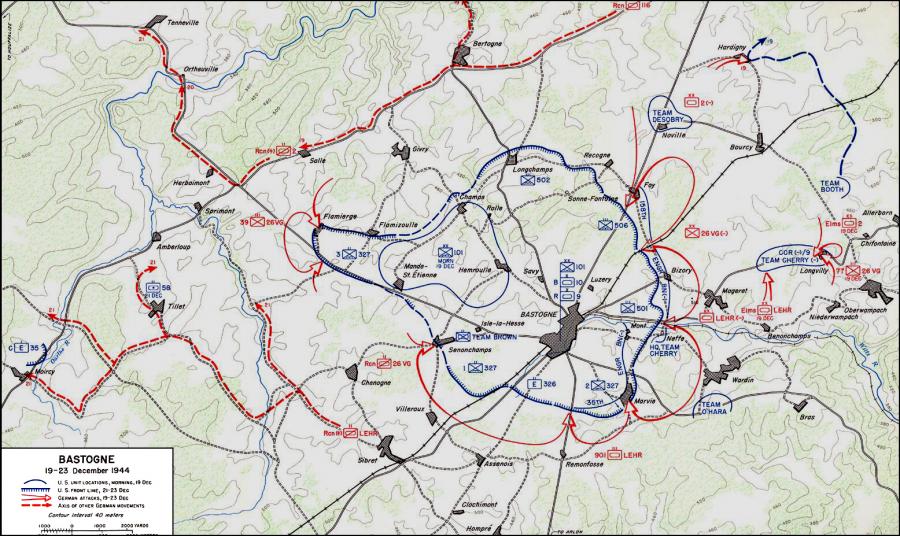
2 of 12:
Many accounts of the 101st in Bastogne would lead you to believe that [acting commander] Tony McAuliffe’s 101st Airborne fought alone against a multi-German corps attack. Not true.
Many accounts of the 101st in Bastogne would lead you to believe that [acting commander] Tony McAuliffe’s 101st Airborne fought alone against a multi-German corps attack. Not true.
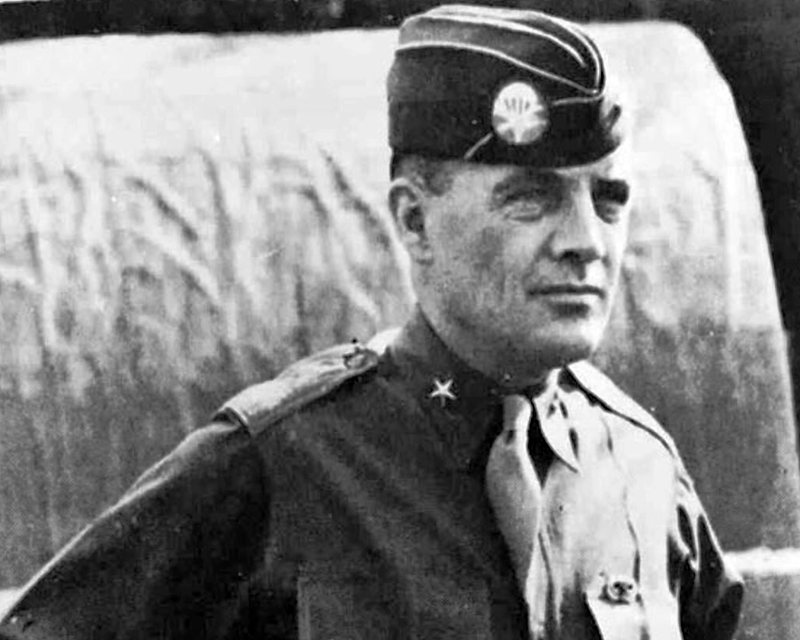
3 of 12:
The 101st finds odds & ends laying about: engineer, artillery, & armor elements that were in the area when the German counteroffensive started & had survived the initial thrust. McAuliffe smartly takes these bits and pieces and incorporates them into his interior lines.
The 101st finds odds & ends laying about: engineer, artillery, & armor elements that were in the area when the German counteroffensive started & had survived the initial thrust. McAuliffe smartly takes these bits and pieces and incorporates them into his interior lines.
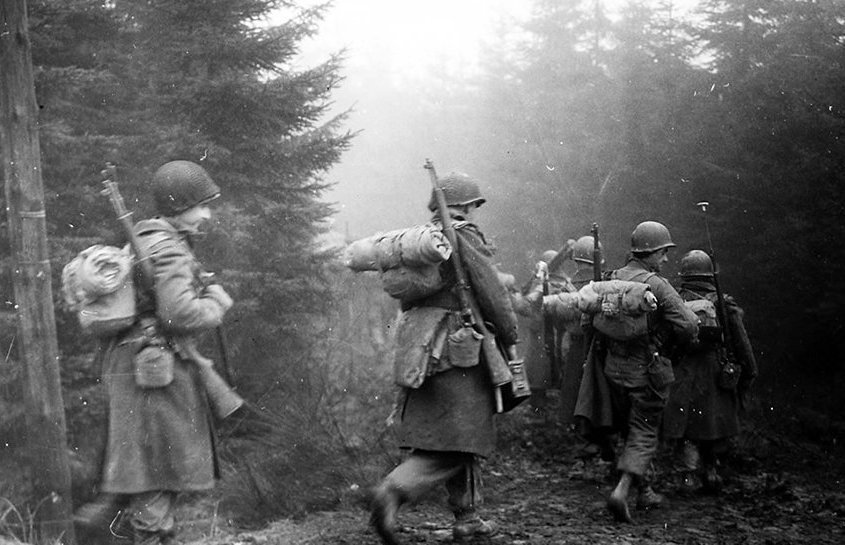
4 of 12:
Many of these odds and ends are support elements (personnel clerks, mechanics and the like) for units like the 106th Division. The 106th was on line when the counteroffensive began and was destroyed in the initial moments. McAuliffe gathers up all these small units.
Many of these odds and ends are support elements (personnel clerks, mechanics and the like) for units like the 106th Division. The 106th was on line when the counteroffensive began and was destroyed in the initial moments. McAuliffe gathers up all these small units.
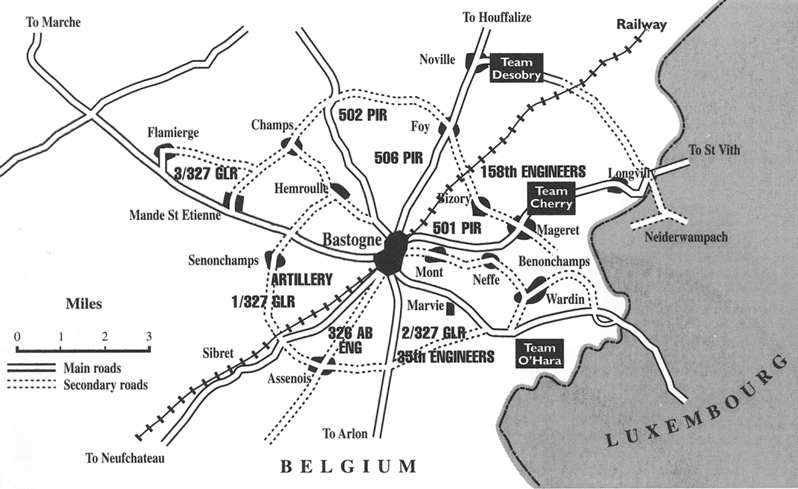
5 of 12:
He makes an element, which he called “Team SNAFU” (Situation Normal: All F@%ed) Up), out of the myriad of remaining administrative personnel from a variety of different units.
He makes an element, which he called “Team SNAFU” (Situation Normal: All F@%ed) Up), out of the myriad of remaining administrative personnel from a variety of different units.
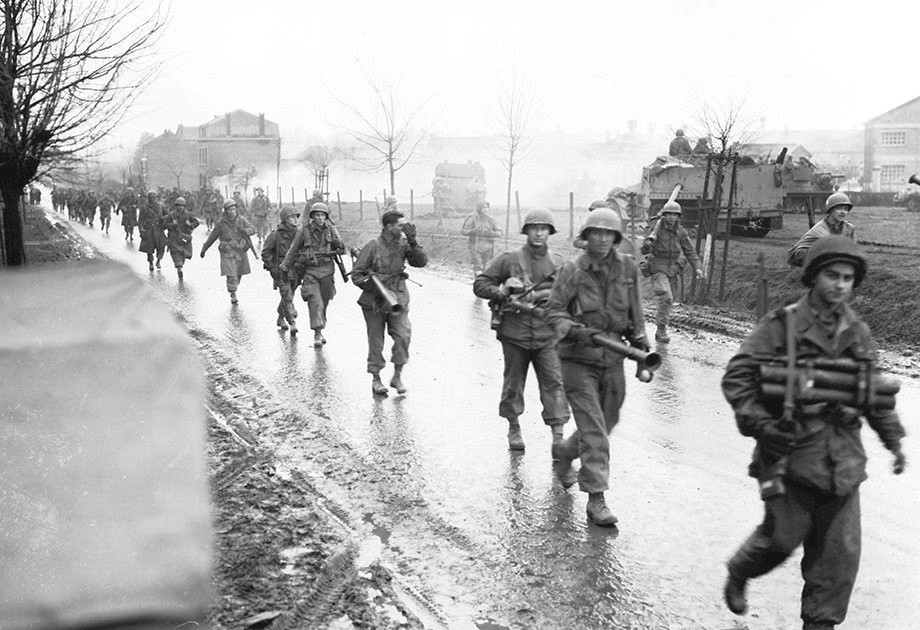
6 of 12:
McAuliffe, an airborne infantryman, doesn't know how to use of all these units, but he trusts them to know how to employ their own capabilities against the German push. They do.
McAuliffe, an airborne infantryman, doesn't know how to use of all these units, but he trusts them to know how to employ their own capabilities against the German push. They do.

7 of 12:
The engineers, for example, quickly build roadblocks in the perimeter. These troops begin to mine and barricade unoccupied avenues of approach.
The engineers, for example, quickly build roadblocks in the perimeter. These troops begin to mine and barricade unoccupied avenues of approach.
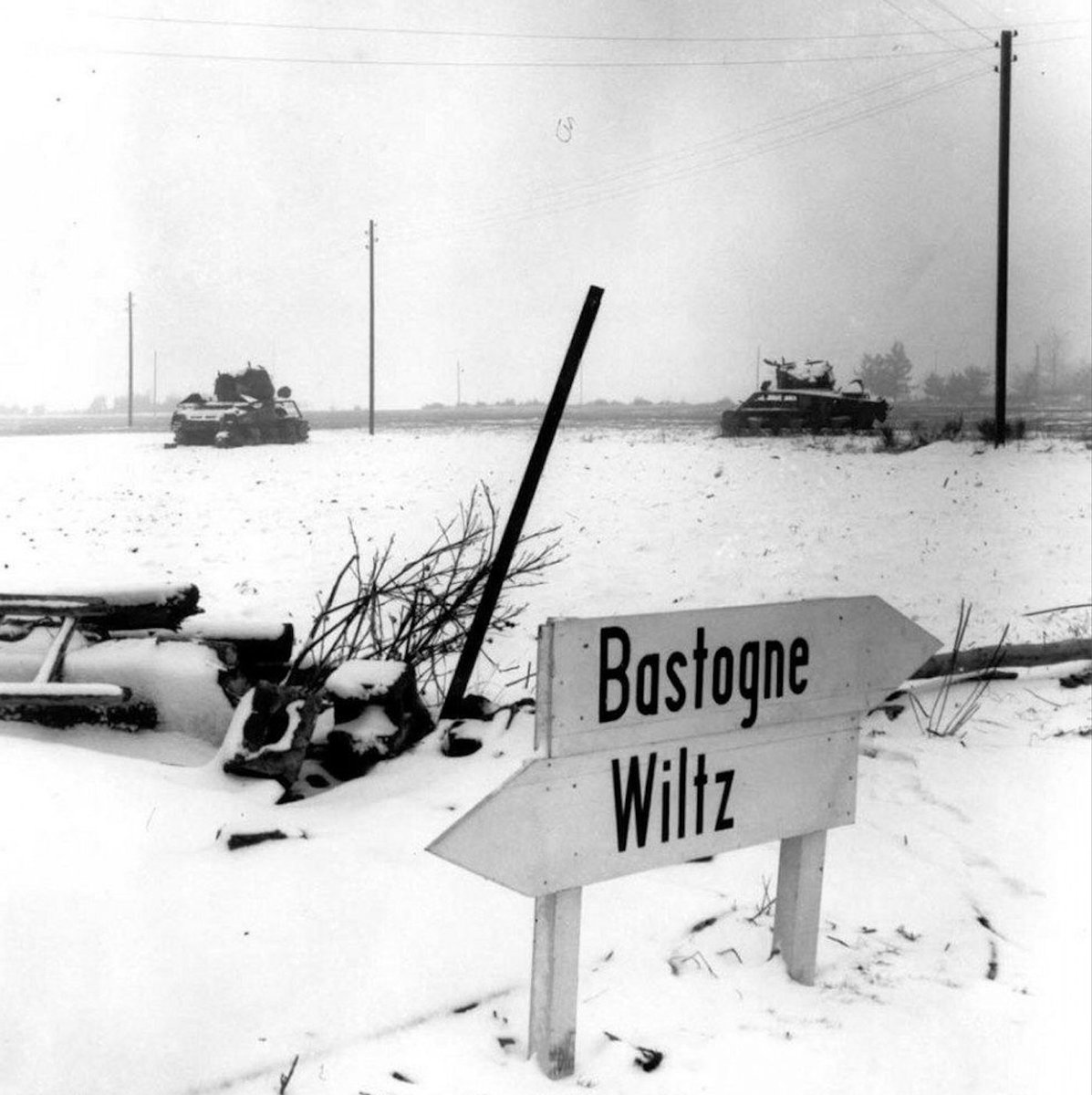
8 of 12:
The 705th Tank Destroyer Battalion makes smart use of its M18 Hellcats, setting up outside Bastogne to provide anti-tank support for the lightly armed paratroopers.
The 705th Tank Destroyer Battalion makes smart use of its M18 Hellcats, setting up outside Bastogne to provide anti-tank support for the lightly armed paratroopers.
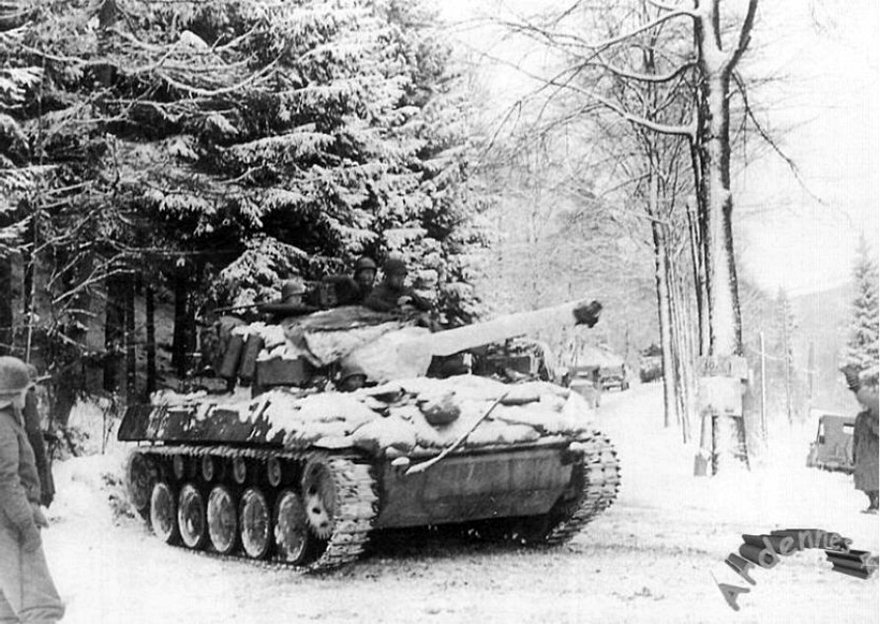
9 of 12:
The armor elements picked up by the 101st get into the fight early on the morning of December 20, engaging German tanks. [pic: American tanks wait for German tanks on the slopes outside Bastogne]
The armor elements picked up by the 101st get into the fight early on the morning of December 20, engaging German tanks. [pic: American tanks wait for German tanks on the slopes outside Bastogne]
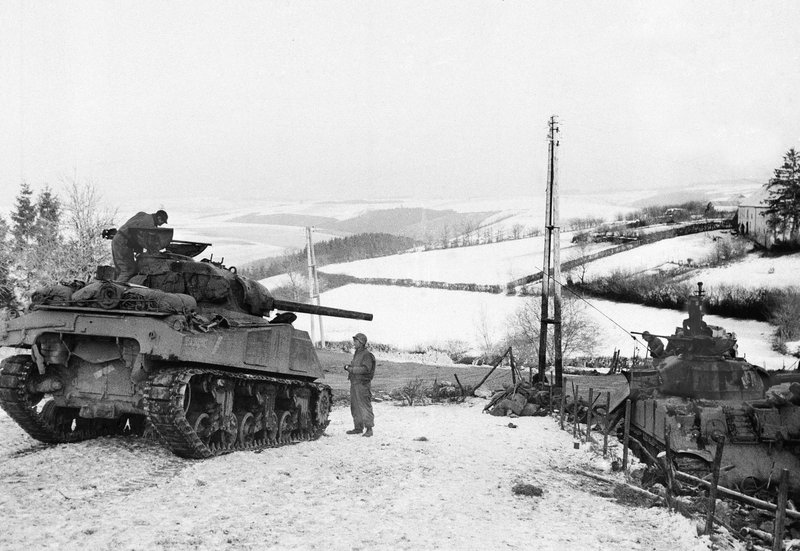
10 of 12:
Meanwhile, German forces rapidly move west. Bastogne, a hub from which seven main roads diverged, is essential to the swift movement of the German armored forces. The Panzers are fighting with the best tanks in the German army (Panzer IVs and Tiger IIs).
Meanwhile, German forces rapidly move west. Bastogne, a hub from which seven main roads diverged, is essential to the swift movement of the German armored forces. The Panzers are fighting with the best tanks in the German army (Panzer IVs and Tiger IIs).
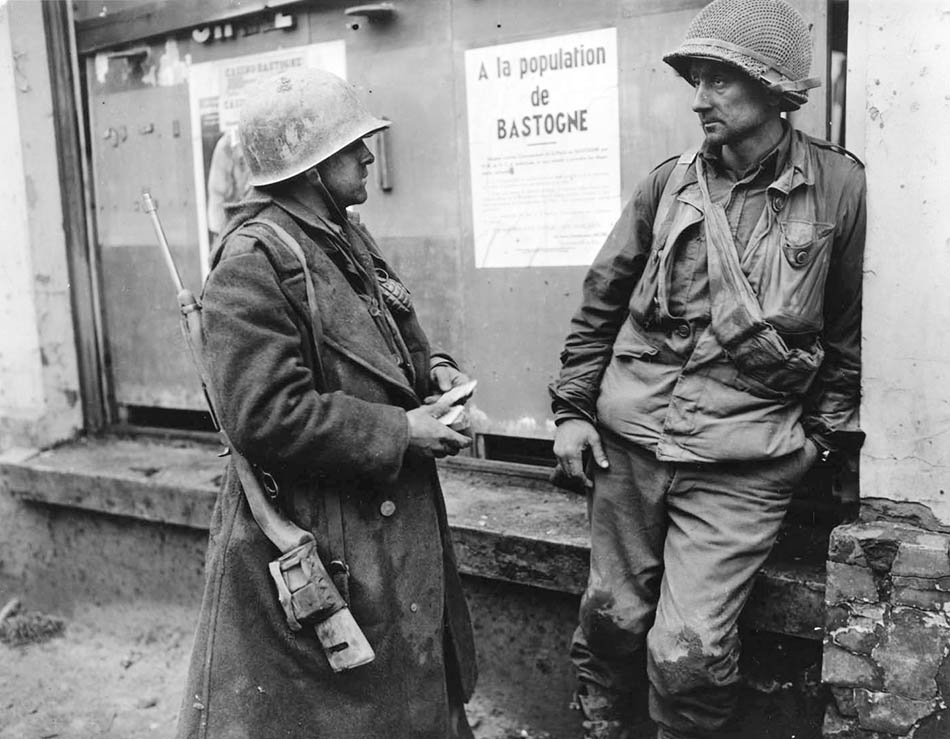
11 of 12:
By mid-day, 5 Nazi divisions attack Bastogne. Bazooka-armed American soldiers fight a column of German Panzer IV tanks on the Houffalize-Noville highway, turning them back after a furious engagement. [this is a Panzer IV destroyed 76 years ago today by 101st troops]
By mid-day, 5 Nazi divisions attack Bastogne. Bazooka-armed American soldiers fight a column of German Panzer IV tanks on the Houffalize-Noville highway, turning them back after a furious engagement. [this is a Panzer IV destroyed 76 years ago today by 101st troops]
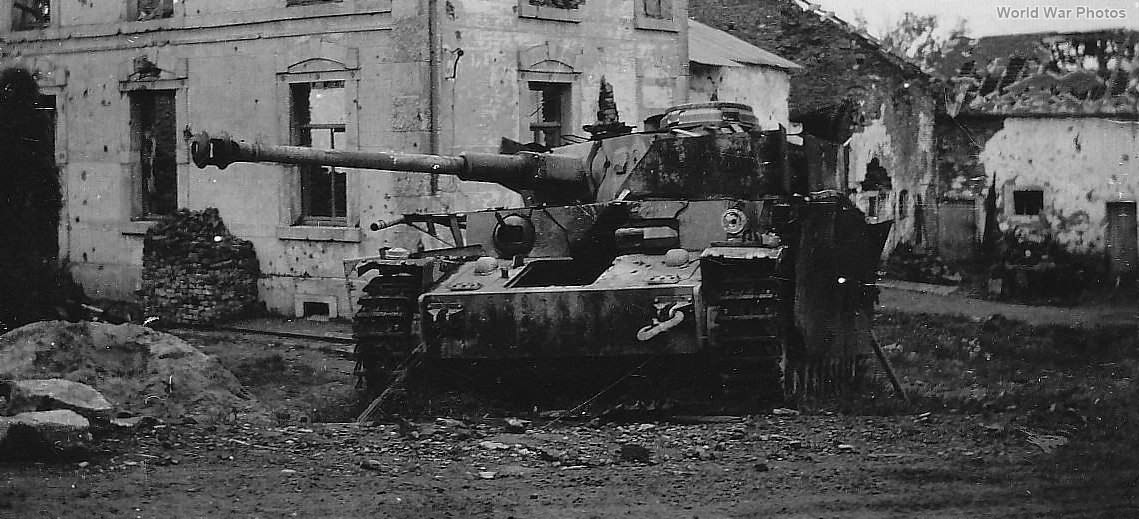
• • •
Missing some Tweet in this thread? You can try to
force a refresh
